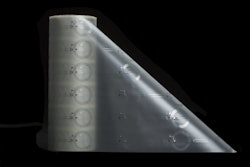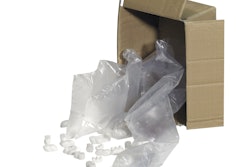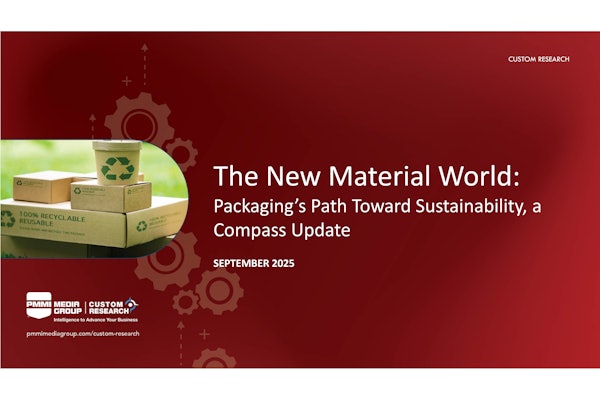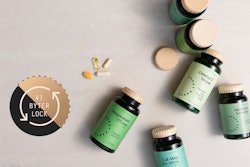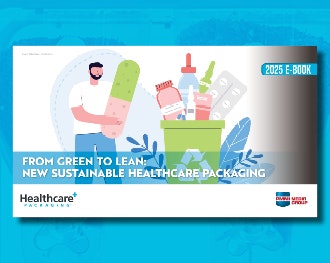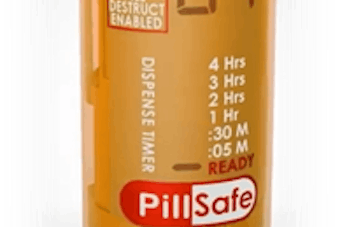This content was written and submitted by the supplier. It has only been modified to comply with this publication’s space and style.
Rollprint Packaging Products Inc., Addison, Ill., a leading worldwide supplier of packaging materials for the healthcare and consumer industries, is one of the first healthcare packaging firms to offer Barex polyacrylonitrile (PAN) replacement products in the wake of the announced closure of Ineos’ lone Barex plant in Lima, Ohio. Rollprint recognized the importance of low adsorption and permeation in demanding healthcare uses such as nicotine patches. These challenging applications now benefit from Rollprint’s adoption of TOPAS cyclic olefin copolymer (COC) from TOPAS Advanced Polymers as an alternative to Barex PAN.
“We’re pleased that COC is filling the void left by Barex PAN providing the necessary chemical resistance and sealability for innovative healthcare applications already commercialized and in development,” said Dwane Hahn, vice president of sales and marketing for Rollprint Packaging Products.
Rollprint has worked closely with TOPAS in specifying COC in extrusion coated and multilayer coextrusion applications that require strong chemical resistance. For instance, Rollprint adds COC as a moisture barrier layer in its clear, barrier film technology called ClearFoil® for flexible packaging applications. ClearFoil uses aluminum or silicone-coated polyester to provide the ultimate in oxygen and moisture barrier resistance. Rollprint has also developed packaging for transdermal patches which use COC in multilayer structures for high chemical resistance.
“Our packaging engineers have worked closely with TOPAS to design multilayer packages that can hold some of the most challenging chemicals while still being user friendly,” said Hahn.
While not a 1-for-1 replacement for PAN, COC delivers effective chemical resistance and low adsorption rates, exhibiting low reactivity with medical-grade chemical contents such as nicotine for patches. For example, COC’s resistance to methyl salicylate is similar to PAN and better than PETG. COC’s adsorption of nicotine is less than that of PETG and ethylene vinyl alcohol (EVOH). Unlike PAN, TOPAS COC can be melt processed by all common thermoplastic processing methods including mono and multi-layer film, sheet, and extrusion coating, along with injection and extrusion blow molding.
Rollprint’s Barex alternatives include films, extrusion coatings, and laminations incorporating COC, quenched PET, PP, EVOH, foil, and ClearFoil in peelable and weld-seal options.



